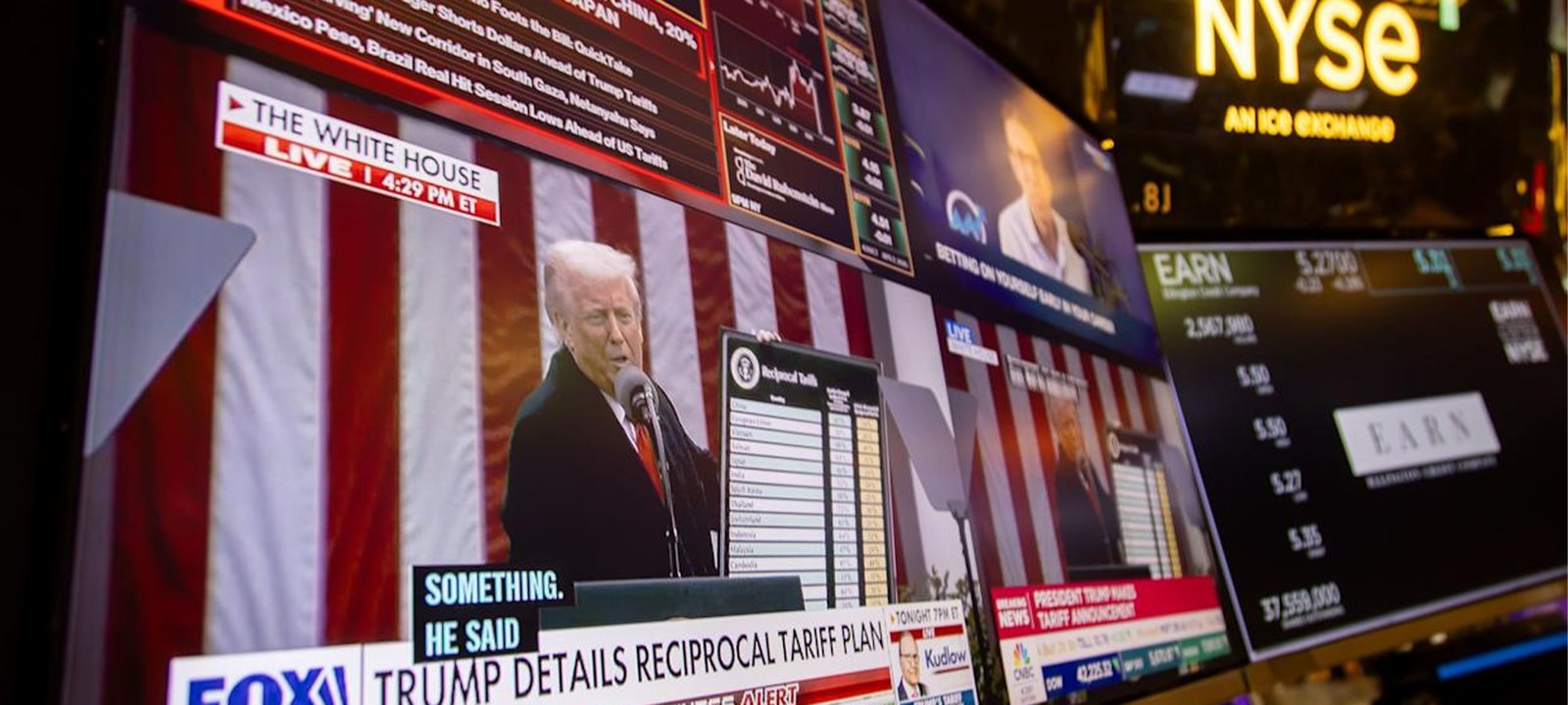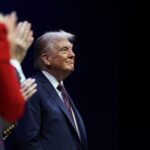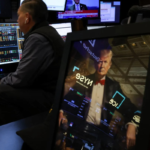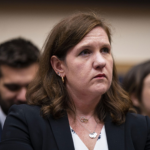Tuesday, April 8, 2025
Year : 2, Issue: 32
Anadolu Agency: President Donald Trump’s tariffs are fueling recession concerns in the US while the Fed’s rate cut expectations are on the rise amid uncertainties.
Trump’s reciprocal tariffs, announced April 2, are expected to go into effect this week, giving rise to inflation concerns, while US inflation remains above the Fed’s target.
Risks that tariffs could spike inflation and hamper economic growth made the Fed’s job more difficult to maintain a balance in its monetary policy.
Fed Chair Jerome Powell said tariffs can raise inflation and slow growth but it is too early to determine the appropriate course of action for the bank.
The bank also cut rates in November and December by 25 basis points each but suspended rate cuts in January and kept its rates unchanged in March at 4.25% to 4.50%.
The Fed had left its 2026, 2027 and long-term estimates for the federal funds rate unchanged at 3.4%, 3.1% and 3%, respectively, which signaled two rate cuts for this year.
Meanwhile, the bank still needs obvious evidence of a weakening in the economy to cut rates again and it is unlikely that the Fed will cut rates to prevent a possible economic slowdown until the labor market is weakened enough, analysts said.
Last week, the US non-farm payrolls rose to 228,000 in March, above estimates, while the unemployment rate ticked up from 4.1% to 4.2%. Trump urged Powell to lower rates, saying it is the “perfect” time and to stop “playing politics,” in a post on Truth Social. The possibility of the Fed cutting rates at its May meeting rose above 30% from 14% a week ago, according to the CME Group. The Fed is likely to cut its policy rate to 3.25% from 3.5% by the end of the year, meaning a four-quarter-point rate cut.







